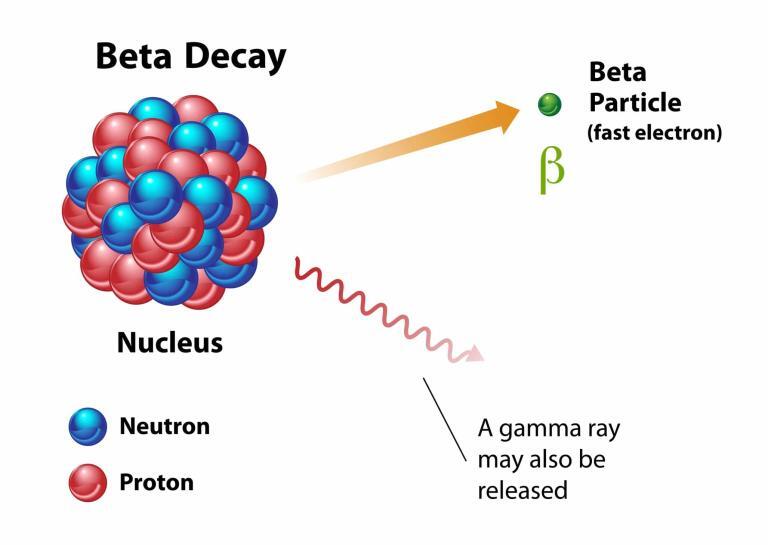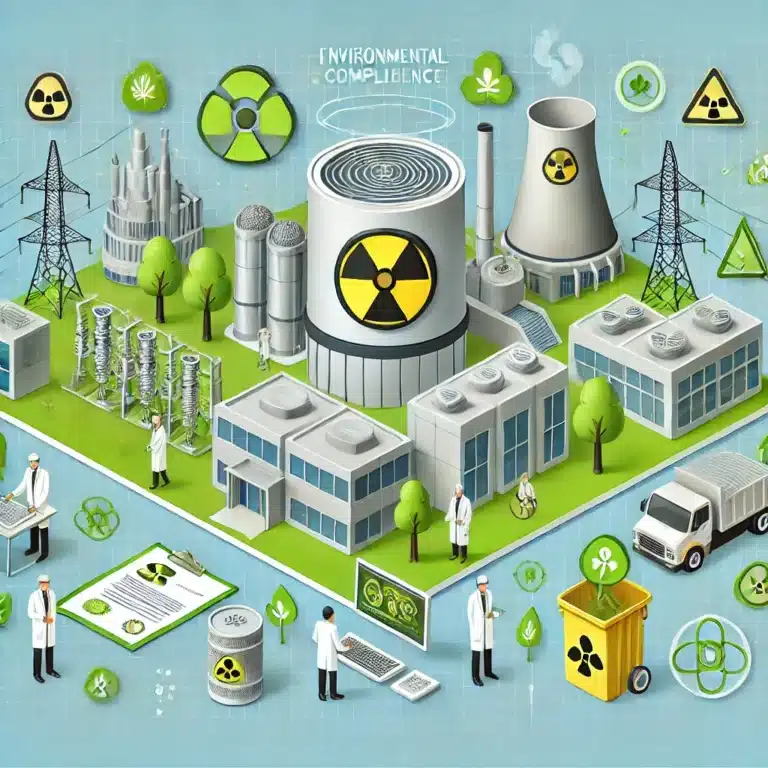Patient Safety in Radiotherapy
Patient safety in radiotherapy is a critical concern, involving stringent measures to ensure that treatments are both safe and effective. This specialised field of medicine utilises high-energy radiation to target and destroy cancer cells. Still, its very nature means there is a significant risk of harm if not properly managed.
Central to the commitment to patient safety in radiotherapy is the meticulous treatment planning and delivery. This begins with precise imaging to map out the area requiring treatment. Advanced techniques like CT scanning, MRI, and PET provide detailed views of the tumour and surrounding tissues, allowing for precise targeting, which minimises radiation exposure to healthy tissues.
In addition to imaging, dosimetry – calculating and measuring the radiation dose absorbed by the body – is fundamental. Radiotherapy departments utilise sophisticated software to plan the exact dose distribution based on the 3D images obtained. These plans are then carefully reviewed and often simulated on phantoms (models mimicking human tissues) to ensure accuracy before actual patient treatment commences.
Technology plays a pivotal role in enhancing safety. Modern radiotherapy units are equipped with advanced features like image-guided radiotherapy (IGRT) and intensity-modulated radiotherapy (IMRT). IGRT improves the accuracy of radiation delivery through real-time imaging during treatment sessions, adjusting for movements such as breathing. IMRT allows different areas of a tumour to receive different doses of radiation, which is particularly beneficial for complex-shaped tumours or those close to critical organs.
Even though a high level of technology is employed, the human factor remains essential. Skilled healthcare professionals, including radiation oncologists, radiographers, and medical physicists, are crucial. Their expertise ensures that each radiotherapy stage, from planning to delivery and post-treatment follow-up, is conducted with the utmost precision.
Training and continuous professional development are key components of maintaining safety standards. This includes routine drills and response protocol updates to manage potential radiation emergencies or equipment malfunctions. Furthermore, international guidelines and protocols, such as those from the International Atomic Energy Agency (IAEA) and the World Health Organization (WHO), provide frameworks for safety that help standardise care across different centres and countries.
Equally important is the engagement of patients in their treatment. Clear communication about the benefits and risks of radiotherapy and what to expect during treatment empowers patients and can enhance their safety. This includes discussing potential side effects and how they are managed.
In conclusion, patient safety in radiotherapy is a complex, multi-faceted issue that requires high levels of expertise, advanced technology, and robust safety protocols. Through continuous improvement and a commitment to excellence, healthcare providers aim to deliver the highest standards of care while minimising risks, ensuring that patients receive the most effective, safe, and tailored treatment possible.
You are here:
home » Patient Safety in Radiotherapy


